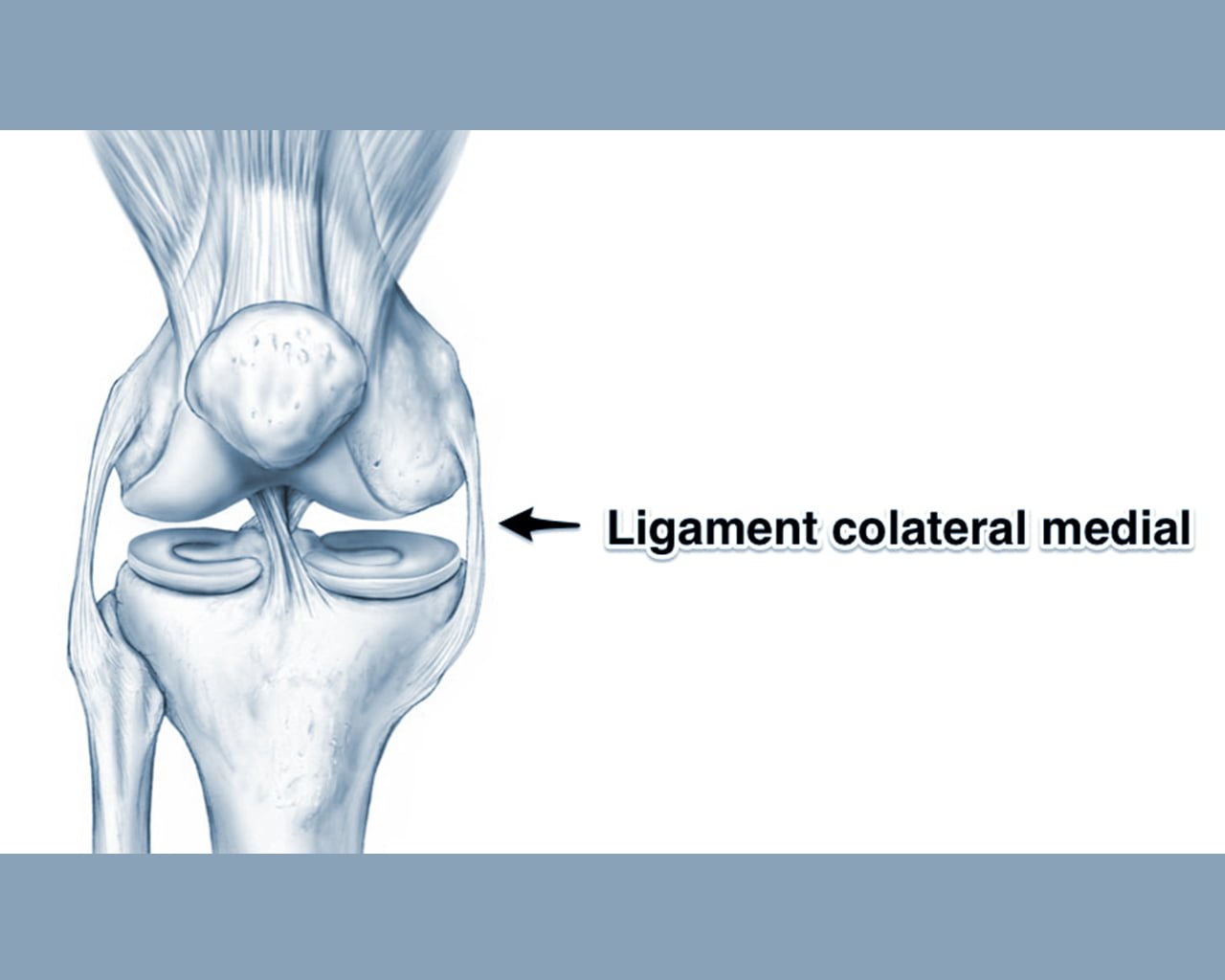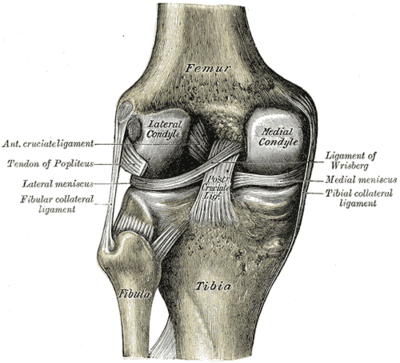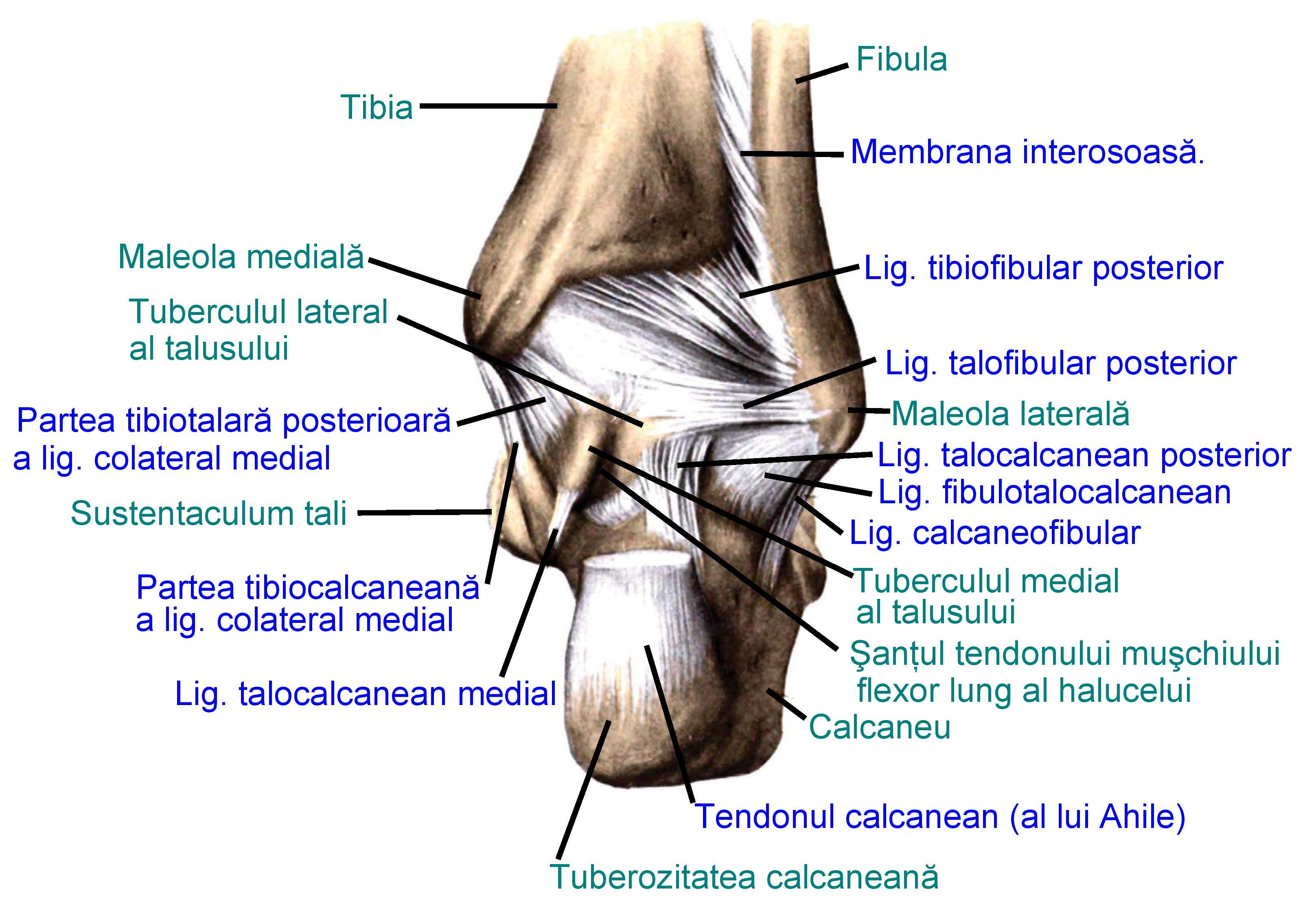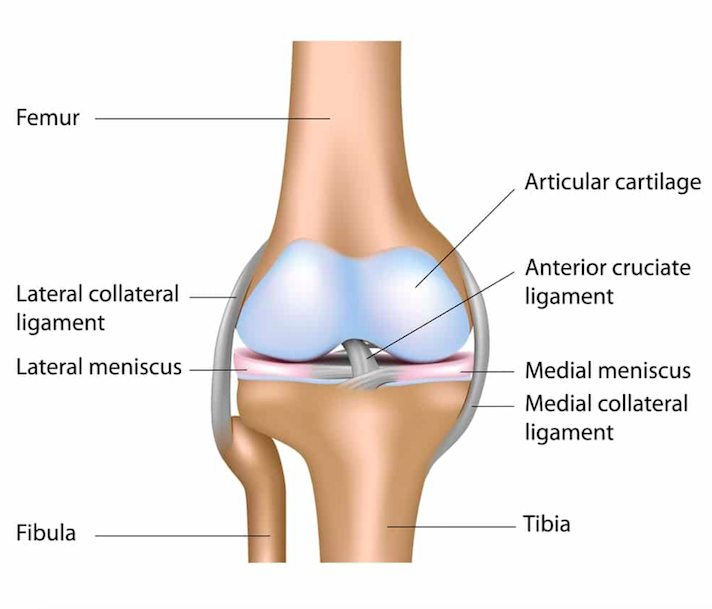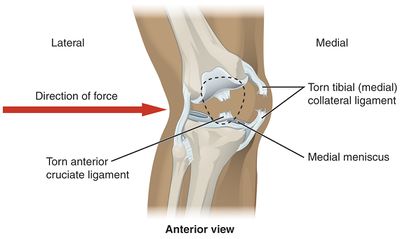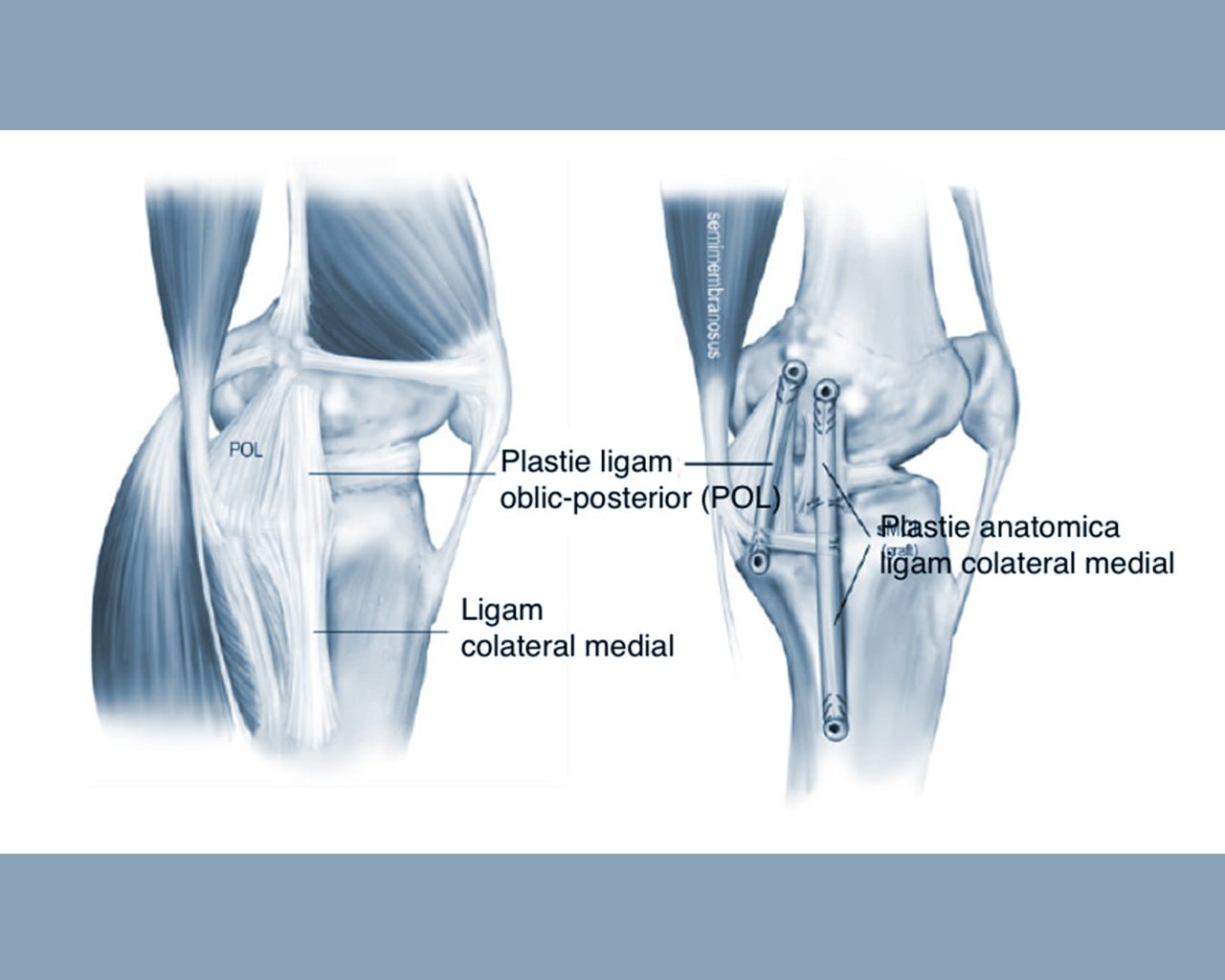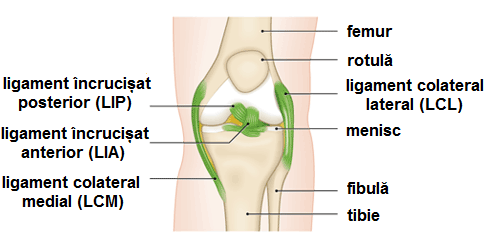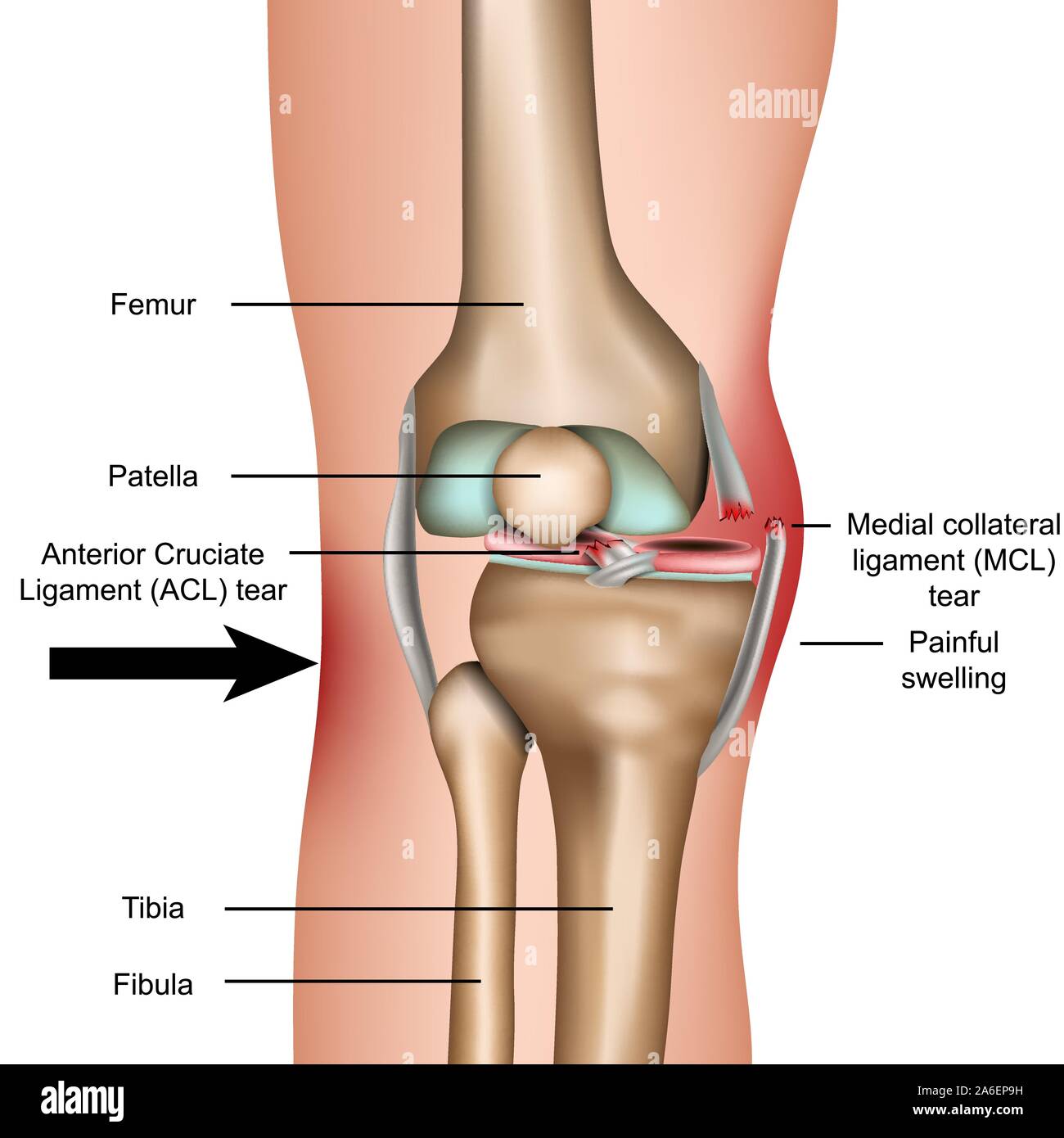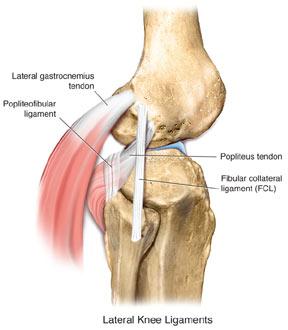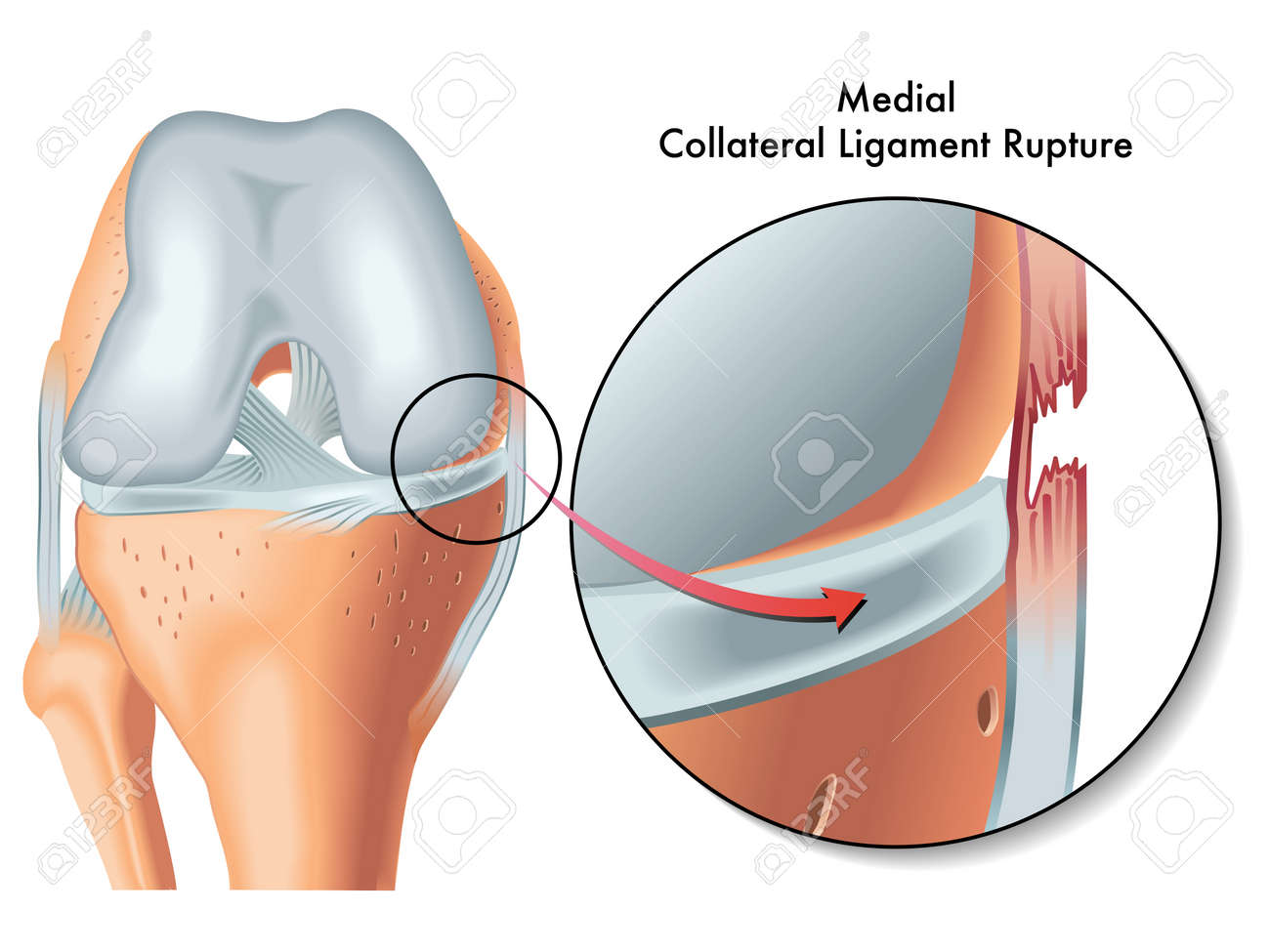Ligament Colateral Medial

A direct blow to the knee or a noncontact injury due to cutting or sudden deceleration or stopping may damage the mcl.
Ligament colateral medial. The medial collateral ligament resists widening of the inside of the joint or prevents opening up of the knee. The medial collateral ligament is one of four ligaments that help stabilize the knee. It helps to connect your shin and thigh bones to keep your knee stable and working properly. The medial collateral ligament or tibial collateral ligament is one of the four major ligaments of the knee.
It is on the medial side of the knee joint in humans and other primates. Icing your injury is important in the healing process. Also referred to as mcl the wide tissue runs from the femur your thighbone to the tibia shinbone. One of the thick band of tissue about four to six inches that runs down your inner knee is known as the medial collateral ligament.
Here we explain the symptoms causes treatment and rehabilitation of an mcl sprain. Ligaments hold bones together and add stability and strength to a. Its primary function is to resist outward turning forces on the knee. A medial collateral knee ligament sprain or mcl sprain is a tear of the ligament on the inside of the knee.
Medical professionals refer to knee injuries that involve the mcl injuries as sprains or tears. The mcl runs along the inside of the knee while the lateral collateral ligament lcl runs along the outside of. It is usually caused by twisting or direct impact but may develop gradually over time through overuse. The mcl spans the distance from the end of the femur thigh bone to the top of the tibia shin bone and is on the inside of the knee joint.
The medial collateral ligament mcl is located on the inner aspect or part of your knee but it s outside the joint itself.


